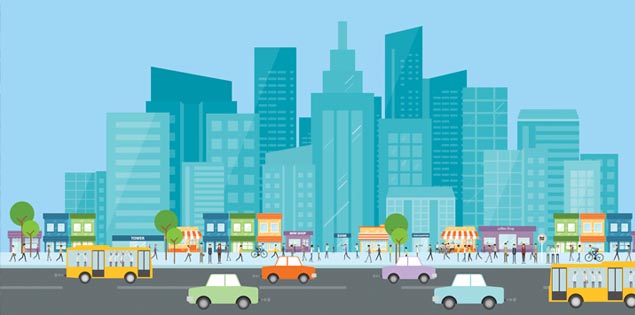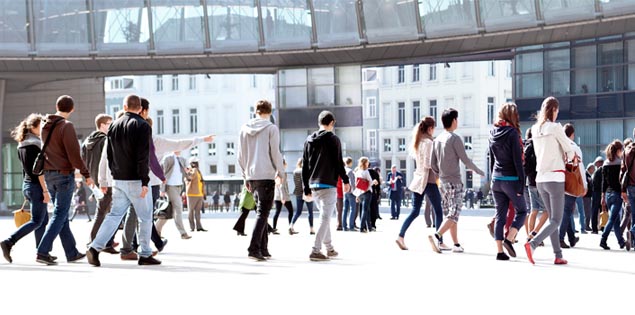
Parking solutions are all about approaching, designing and managing with human nature in mind. Instead of just accounting for the number of spaces needed or required by zoning laws, human nature brings how those spaces are being used into account. Does everyone arrive and leave around the same time? Can the current setup accommodate for a constant flow of vehicle traffic? What about attractions near the parking facility — can a parking facility handle the volume of traffic when the show ends or when the mall closes?
These sorts of questions have been faced by parking deck managers, city planners and business administrators for as long as cars have traveled in and out of their cities. What has changed, though, is not the “how” of parking, but the trends which directly influence parking — the “what” and “why” of a municipality’s parking situation.
The new “what” and “why” of parking has shifted to focus on how parking may not be utilized in the near future. A combination of budgets, more effective management and urban development trends have made municipality centers less reliant on car use and more dependent on maximizing what’s already there. But while current development trends may steer away from driving in general, it doesn’t eliminate the necessity of cars in a city or highly-trafficked suburban area. What is this major new development trend, and what can business administrators and other management officials do to ensure that parking accommodates for its rise?
Livability, Parking Design And Parking Demand

Without a doubt, one of most influential urban trends to impact parking is livability. Livable communities design their cities on a “human” scale, assessing accessibility to shopping, public transport and common areas by foot as a core element of their construction. These new models encourage mixed-use development and the preservation of the urban center, furthering encouraging foot and bicycle travel. Consequently, the need for cars decreases in a place that’s not subject to sprawl.
This decrease is right in line with an evolving approach to car ownership. As the interest in walkable communities continues to rise, car ownership continues to decline. Ride-sharing and the expense of car ownership are discouraging people from purchasing cars; areas built on livability principles enable these new residents to give up the cars they own. With simple, easy access to groceries, entertainment and restaurants within steps of their front doors, car ownership is no longer a factor that parking garage owners can bank on in order to fill their facilities.
That being said, the need for parking is nowhere near gone or even decreasing. Even with the uptick in walking and decrease in car use, there are still people who need to drive to and within a municipality for work and pleasure. Leaving their cars somewhere is still a necessity, and the numbers support that: parking is a $25 billion industry and is expected to grow another $4 billion by 2018.
Livability clearly isn’t slowing down the growth of the parking industry, and in some ways, it may actually support a new type of parking garage design, one that sheds the gray slabs that dominated construction for decades. These new garages incorporate the sort of visual appeal that helps them blend into a new city center. They can also have parking technologies implemented from the get-go, easing traffic and simplifying coordination from Day One of operation. Even in areas where the parking situation will remain unchanged, a new parking management system can help accommodate for increased foot traffic, keeping cars off the street by swiftly directing them into parking spaces.
Whether the municipality is planning for more livability-minded design, if they’re preserving an “older” town feel or if a new design trend pops up 20 years down the line, parking technology remains key to effective management of a city’s center. By guiding visitors and residents directly to spots and providing clear instructions on how to locate those spots, parking technologies decrease the frustrations that come with finding parking and increase time spent and repeat visits at a municipality’s restaurants, shopping centers and coffee houses. No matter in which direction a municipality is headed, parking technology is still a vital tool to managing congestion, encouraging visitation and improving the “walking-town” experience with less car-crowded streets.
